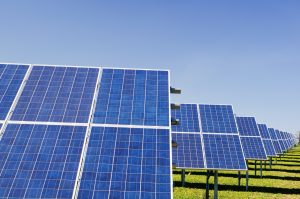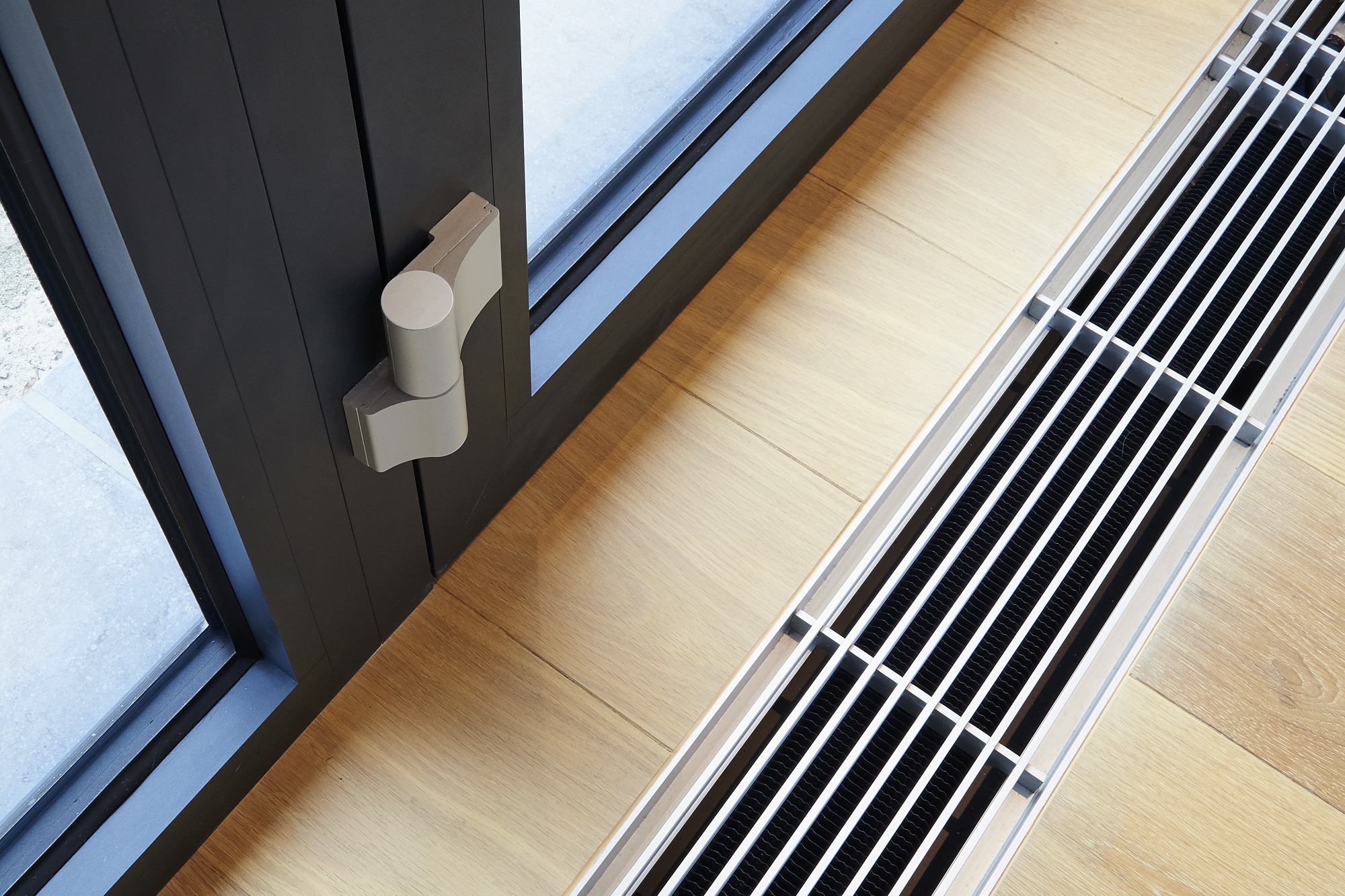While HVAC systems are undeniably valuable for humans, their environmental impact is questionable. Higher energy demand from fossil fuel-generated sources can worsen ecological issues and contribute to climate change. Striking a balance between human and environmental health is essential to the future of both. Learn more about how HVAC systems impact indoor air quality and sustainability.
Improve Indoor Air Quality
An HVAC system is the respiratory system of a building. It consists of air conditioners, furnaces, thermostats, heat pumps, ductwork, and other controls with specific functions in circulating air from inside any building to outside.
HVAC systems boost air quality in several ways:
- Control the temperature: The HVAC system makes the indoor air cool during summer and warm during winter. Simply put, it provides an indoor comfortable temperature. The recommended range of 68-74° helps maintain optimal indoor air.
- Promote sufficient ventilation: It increases the amount of fresh outdoor air inside to replace stale gas that contains pollutants. With proper ventilation, you can breathe quality air.
- Regulate humidity: The evaporator coil of your HVAC system removes the excess moisture from the air to prevent molds from growing inside your home. Regulating humidity levels can improve indoor air comfort.
- Filter air pollutants: Before the fresh outdoor air enters the HVAC system, there’s a filter that traps harmful particulates, like dust, pollen, pet dander, smoke, and allergens. The filter ensures the air it brings inside is clean.
Consider adding a Venta Air Purifier to your space to keep your air even cleaner – with filtration down to 0.07 µm and up to 99.995% efficiency, our air purifiers are an ideal companion for your HVAC system.
Maintaining Your HVAC System
Like any other home appliance, your HVAC system needs proper maintenance. Otherwise, it may contribute to poor indoor air quality, worsen the condition of those with asthma, and cause respiratory diseases. Here are some maintenance pointers to remember.
1. Change the Filter
As the filter captures air impurities, change it frequently to maintain clean air. Professionals recommend replacing the filter every 90 days and every 60 days if you have pets at home.
2. Clean the HVAC System
Dust can clog the vents, air handlers, and ductwork and cause molds to grow and insects to gather. Ensure you clean the ducts or hire a cleaning service to remove the accumulated dirt on your HVAC unit regularly.
3. Upgrade Your HVAC Unit
If you add ductwork, you may need to change the air handler to suit the new renovation. If you change anything in your air ventilation unit, consult an HVAC specialist on what else to replace to ensure optimal HVAC function.
Making Your HVAC System Sustainable

According to researchers, air conditioning units are responsible for 3.94% of global greenhouse gas emissions, which is equivalent to 1,950 million tons of carbon dioxide. While this figure means more people live comfortably in their homes, the massive energy use of AC systems also harms the environment.
Thankfully, change is coming. The concept of green energy is spreading worldwide, and business people spearhead the change. Investors use Environmental, Social, and Governance (ESG) and Corporate Social Responsibility (CSR) ratings to assess if a company is ethical and committed to social responsibility. These gradings encompass many factors, from where the product materials are sourced to the renewable energy sources of the organization.
Various experts eye renewable energy sources as one of the solutions to make the HVAC system sustainable. Some options in use are:
- Desiccant heating, cooling, and ventilation system: It’s an alternative to the traditional mechanical vapor-compression cooling technology that most AC systems use today. The system removes moisture from indoor air and cools it with the built-in rotary regenerator and evaporative cooler features.
- Solar heating and cooling system (SHC): It collects heat from the sun and converts it to energy that provides heating or cooling temperature inside the building.
- Geothermal heating and cooling system: This technology uses underground pumps to collect energy sources from the earth.
- Biomass heating and cooling technology: It uses organic materials, such as wood, corn husks, and rice hulls, to produce energy and provide a heat source for residential or commercial spaces.
- Evaporative passive cooling: It leverages the natural ventilation from the building’s windows or doors to cool a space.
Renewable sources are cleaner than fossil fuels. As more people shift to solar, geothermal, or biomass, there will be fewer air pollutants pumped into the environment. Healthier air will benefit everyone. As a trickle effect, you’ll use your HVAC system less and require less energy to operate as there’ll be fewer air contaminants to eliminate.
In addition to cleaner air, renewable sources are cheaper, with solar power costs falling by 85% between 2010 and 2020. The International Renewable Energy Agency (IRENA) projects that 90% of the world’s electricity can come from green sources by 2050.
Green Energy Is Where Sustainability Meets Quality Indoor Air
Quality indoor air is essential for human health — but existing energy sources compromise the environment, resulting in air pollution. Shifting to green energy helps stop the cycle of air pollutants in the atmosphere and provides quality indoor air to people without risking the environment.
While it may take decades before sustainable energy becomes accessible to every household, a positive change is on the horizon, with more people becoming aware of the environmental impact of fossil fuels.

